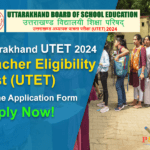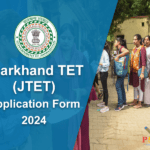Working with the community is not a new concept to India, in fact education was historically family-community based and schools in ancient India were owned and sustained by the community. With increased state ownership of the schools, distance between the school and community increased. This distance became farther when the community’s role was not envisaged in the activities of school. However national Policy on Education (1986) and Decentralization of educational governance (73rd and 74th amendment) has opened doors for community participation in school. The national level education commissions and policies on education have viewed community participation within the framework of decentralization of school education, to which end it has meant a gradual shifting of powers from central authority to down below as well as strengthening of local self-governance (Govinda and Bandyopadhyay 2010).
Community Participation in the Indian education system has currently been operationalized and studied through formal structures, based on the community such as the village education committees, parent teacher associations, mother teacher associations, school development management committees etc. which are linked with the larger government policy of decentralization for encouraging local governance in education and for enabling school-based management.
This unit helps the school heads to critically examine their strengths and opportunities available to them in engaging with the community. It also highlights how to involve the school based management structures (SMC and SDMC) in a constructive way.
Read Full Course on pslm.niepa.ac.in















